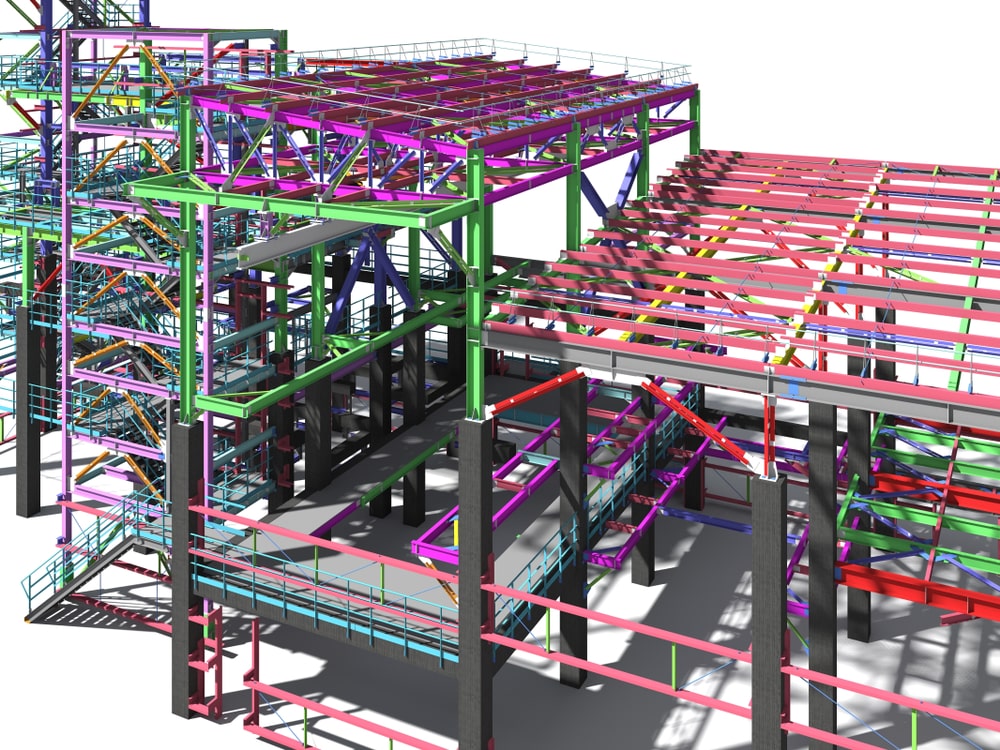Sector - Public Sector
Building the digital future

What will be the driving force behind a digitally built Britain? In this article, Construction Online speaks with Matt Samways, Managing Director at AIMIS Solutions, about the construction industry’s adoption of digital techniques and the application of BIM.
As of 2016, all central government funded projects should have been delivered using 3D collaborative BIM. This initiative was later defined as BIM Level 2 and detailed in various published specifications over a five-year period until it was eventually superseded in 2018 by a new international standard, BS EN ISO 19650.
However, ISO 19650 has still not been adopted by even half of the industry, while some sectors haven’t been touched by it at all.
It’s no wonder then, that the industry has a level of scepticism as to the importance and necessity of the standard.
According to a survey of nearly 500 construction businesses based in the UK, we believe as an industry that our work will be fully compliant with ISO 19650 by 2027 – just five years from now. That’s not a government target, it’s not a forecast made by an industry body, it’s what the industry says, the people on the ground delivering projects.
Maybe it won’t be government targets or mandates that are the driving force behind digital transformation, but other legislation such as the Building Safety Bill; this will in effect be a mandate as it will be putting a legal responsibility on building owners and those who build their assets.
What’s so frustrating is the misconception carried across the industry, by those who aren’t fully aware of what is required to comply. Probably due to the way in which the first iteration was written and after so many amendments, so who can blame the industry for misunderstanding?
ISO 19650 is commonly referred to as BIM. In fact, the word (or acronym) BIM is bandied around a lot, without full appreciation of what it means to be BIM compliant.
Most of the misconception has been brought about by what BIM stands for – Building Information Modelling. Therefore, when people think about BIM, they think about models. To try and counter this, we like to promote that the M in BIM should stand for management, rather than modelling. BIM could (should) stand for Building Information Management – where the information is derived from data and documentation collected at every stage of the project lifecycle, not just models.
BIM is the accepted and recognised term, associated with ISO 19650, but those who are ISO 19650 compliant will know that the most important element of a BIM enabled project is the quality of the data which is held for that project. That data should cover the project’s whole lifecycle, from conception through to a digital O&M manual and enabling the whole operational phase through to demolition and repurpose
Traditionally, project information collated through the various stages of a construction project has caused much frustration when it comes to the building handover. Too often there is a lack of any structure due to it being gathered from a vast number of different sources in an inconsistent way. It will be largely unsearchable and because it hasn’t been managed throughout and updated as necessary, it will be flawed, full of gaps and ultimately, considered unreliable come project handover.
In today’s world, digital management of data allows repetitive tasks to be automated, increasing efficiency and ensuring accuracy. Introducing structure and search functionality allows for reliable data at handover, but it also ensures ease of access to data which can be used and re-used for multiple purposes throughout the project lifecycle.
The most important benefit of a BIM enabled project is the ability to save time, reduce risk and increase profitability. And we can’t say this loudly enough – it’s not just about models!
AIMIS work with building owners, estate managers and their entire supply chain, understanding business specific requirements and aligning them with industry standards for a digitally built Britain.
If you would like to read more stories like this, then please click here
Related Articles
More Public Sector News
- Boosting British jobs and skills key for firms to win major infrastructure projects
26 Jun 25
Creating high quality British jobs and boosting skills in local communities will be key requirements
- PM unveils AI tool to turbocharge planning
18 Jun 25
Prime Minister announced the launch of “Extract” – an AI assistant for planning officers and
- Construction begins on new Civil Service office in Blackpool
4 Jun 25
A groundbreaking ceremony has taken place for a new MOD office within the Talbot Gateway






